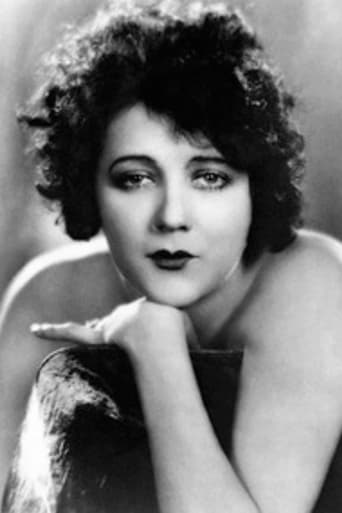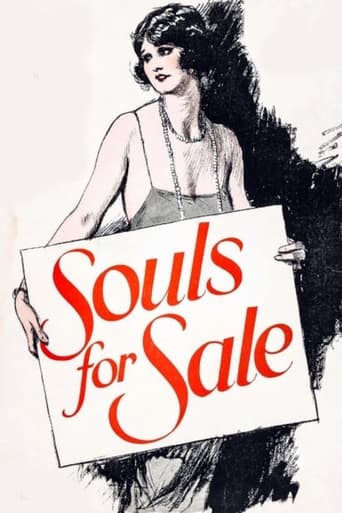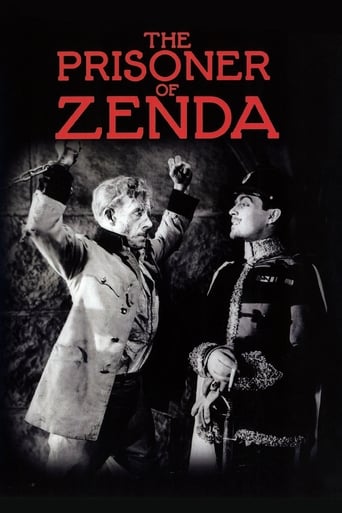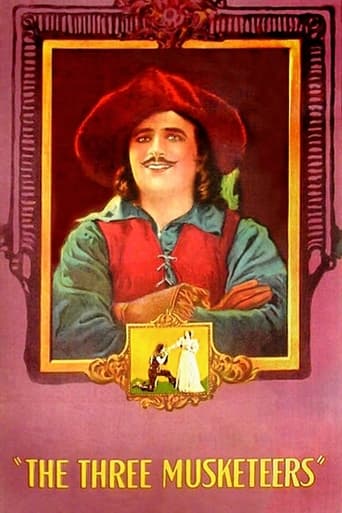

Barbara La Marr
From Wikipedia Barbara La Marr (July 28, 1896 – January 30, 1926) was an American stage and film actress, cabaret artist, and screenwriter. La Marr was known as "The Girl Who Is Too Beautiful," after a Hearst newspaper feature writer, Adela Rogers St. Johns, saw a judge sending her home during the police beat in Los Angeles because she was too beautiful and young to be on her own in the big city. La Marr was born in 1896 as Reatha Dale Watson to William Wallace and Rosana "Rose" Watson in Yakima, Washington (La Marr later claimed she was born in Richmond, Virginia). After marrying and moving with her second husband to New York City, La Marr found employment writing screenplays at Fox studios using the name "Folly Lytell".[2] Her association with filmmakers led to her returning to Los Angeles and making her film debut in 1920. Over the next few years she acted frequently in films and was widely publicized as "The Most Beautiful Girl In The World”. With this, she rapidly shot to stardom. La Marr made the successful leap from writer to actress in Douglas Fairbanks' The Nut (1921), appeared in over thirty films, wrote seven screenplays for United Artists and Fox Film Corporation, and danced in musical comedies on Broadway. She is also said to have filmed dancing shorts in New York City, Chicago, and Los Angeles, with such diverse partners as Rudolph Valentino and Clifton Webb. Among La Marr's films are The Prisoner of Zenda and Trifling Women, both 1922 releases directed by Rex Ingram. Although her film career flourished, she also embraced the fast-paced Hollywood nightlife, remarking in an interview that she slept no more than two hours a night. La Marr also began abusing drugs and alcohol and reportedly developed a cocaine and heroin habit. Her lifestyle eventually began to affect her career and she was dropped by M-G-M. La Marr signed with First National Pictures where she appeared in three films which proved to be her last. By 1925, La Marr's drug and alcohol use began to take its toll. She developed nephritis and tuberculosis. On January 30, 1926, she died of complications associated with tuberculosis and nephritis at her parents' home in Altadena, California, at the age of 29. She was interred in a crypt at Hollywood Cathedral Mausoleum, in the Hollywood Forever Cemetery. For her contribution to the motion picture industry, La Marr has a star on the Hollywood Walk of Fame at 1621 Vine Street.
Read bio at tmdb | Read bio at Wikipedia
- Born:
- Jul 28, 1896 In Yakima - Washington - USA
- Movie/TV Credits:
- 18
- First Appeared:
- In the movie Harriet and the Piper 1920-09-13
- Latest Project:
- Movie Screen Snapshots (Series 22, No. 10) 1942-01-01
| Movie | Screen Snapshots (Series 22, No. 10) | Self (archive footage) | 1942-01-01 |
| Movie | The Girl from Montmartre | Emilia Faneaux | 1926-01-31 |
| Movie | The Heart of a Siren | Isabella Echevaria | 1925-03-15 |
| Movie | The White Monkey | Fleur Forsyte | 1925-06-07 |
| Movie | Sandra | Sandra Waring | 1924-09-01 |
| Movie | Hello, 'Frisco | Barbara La Marr | 1924-09-28 |
| Movie | Mary of the Movies | Barbara La Marr (uncredited) | 1923-05-27 |
| Movie | Souls for Sale | Leva Lemaire | 1923-04-22 |
| Movie | The Brass Bottle | The Queen | 1923-07-22 |
| Movie | The Eternal Struggle | Camille Lenoir | 1923-10-08 |
| Movie | The Eternal City | Donna Roma | 1923-12-17 |
| Movie | Trifling Women | Jacqueline de Séverac / Zareda | 1922-11-06 |
| Movie | The Prisoner of Zenda | Antoinette de Mauban | 1922-09-11 |
| Movie | Quincy Adams Sawyer | Lindy Putnam | 1922-12-04 |
| Movie | The Nut | Claudine Dupree | 1921-03-06 |
| Movie | Desperate Trails | Lady Lou | 1921-06-11 |
| Movie | The Three Musketeers | Milady de Winter | 1921-08-28 |
| Movie | Harriet and the Piper | Tam O'Shanter Girl | 1920-09-13 |



